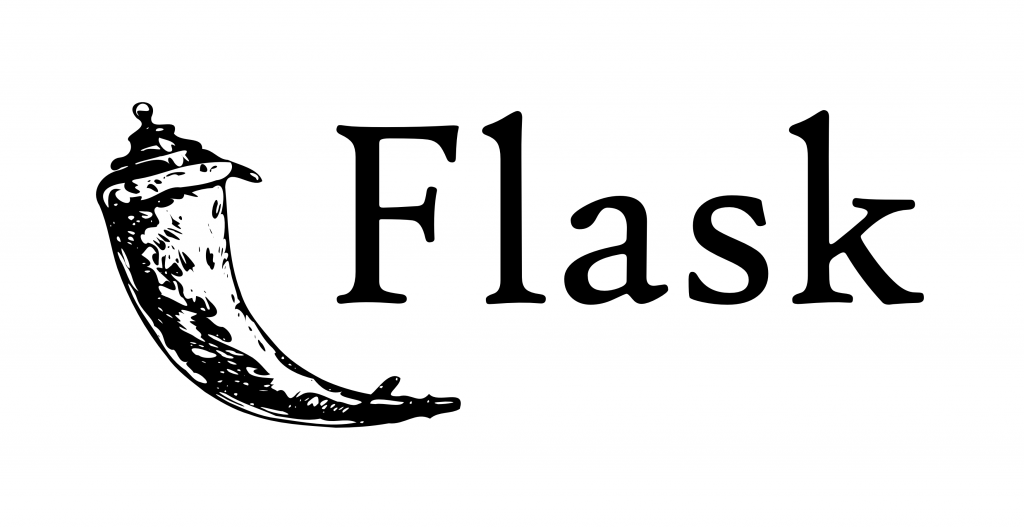The framework is a framework for keeping code consistent, saving time, and better coordinating with team members. Using frameworks makes it easier for developers and makes the programming process more enjoyable. We know that Python is also used in web development and has famous frameworks for this; one of these frameworks is called Flask, and it helps you to build powerful web applications in the shortest time. Join us in entering the wonderful world of Flask and finding out what the Flask framework is and what its uses are.
Python is amazing. Working with Python is one arrow and a few marks. We have heard such phrases a lot, and we hear them every day. But what do you think makes Python so popular? Undoubtedly, one of the reasons is frameworks. Python has a variety of frameworks that, in many cases, increase the power of Python.
What is Flask?
Before we get into what Flask is, let’s answer the question of what Flask is not! Knowing this prepares our minds to better understand the concepts:
- It is not a server-side service.
- Flask is not a web server.
- It is not a programming language,
- Flask is not the best tool for getting into Python.
It is a lightweight web framework designed and written in Python. To be more precise, Philosophy is a micro-framework because it does not have many of the common tools and libraries of other frameworks. For example, Flask cannot work with databases by default, and to do this, you must go to existing libraries and databases. Philosophy was officially launched in 2010 under the BSD license and was written by Armin Ronacher.
The philosophy is partly influenced by Ruby’s Sinatra framework. Unlike most of its competitors, Ciantra does not support the MVC model and instead focuses on “building high-speed web applications.” This framework gives you the basics to build a web application, and if you need more modules, you can add them to your project. Also, Flask installation is very easy and does not require the installation of special tools. We suggest that you read the following to learn more about MVC architecture:
Where is Flask used?
It is a small or so-called compact library. But you should not confuse this smallness with being weak. It is so powerful that many large companies trust it and use it in their projects. For example, Uber, which is the largest online taxi request service, and Samsung, which is one of the largest manufacturers of digital components in the world, have used Flask. The following is a list of some of the most popular brands that have trusted it:
- Red Hat
- Netflix
- Mozilla
- Hotjar
- Nginx
How does Flask work?
To understand what Flask is, we have to say that Flask generally works with two components, Werkzeug (the word is German and may be a little difficult to pronounce) and Jinja. Things like routing, debugging, connecting to a web server, etc., are done by Werkzeug. Jinja is a template engine that displays various data in the format you want. Both components are made by Flask creator Mr. Ronacher and are released under the BSD license.
In fact, frameworks are a set of ready-made codes that make it easy for programmers. For example, designing a Python web server that can host sites without a framework is difficult and time-consuming. However, with a framework like Flask, you can do this with less than 120 lines of code and write a simple web server. In fact, Flask helps you focus on developing your service without having to deal with complex low-level issues. To learn about other Python frameworks used in web design, see:
Why should we use it?
While Python has other web frameworks like Django, Bottle, Tornado, etc., the question arises as to why we should go for the Flask framework. Before answering this question, we must remember that none of the frameworks is superior to the others, and we must make the best choice according to the conditions of the project and our needs. In fact, each framework has its strengths and weaknesses. Some of the strengths of Philosophy that encourage programmers to use it are:
- Learning Flask is very easy. If you are a little familiar with Python, you can get started by looking at the philosophy codes.
- When working with Flask, you are free to do things as you wish. This means that the framework is quite flexible.
- They put a strong community behind the Python language and the Philosophy framework that you can count on when a problem arises.
Conclusion
In this article, we examined what the Flask micro-framework is and what it does. We also talked about the successful projects that have been built with it. Flask, although very minimal and small, provides you with the basic features that a site needs. This micro-framework is a fast and reliable way to design a site with Python. It is very easy to learn and does not have the complexity of many frameworks.
FAQ
What does “microframework” mean in Flask?
It means Flask provides just the essentials (routing, templating, request/response handling) and leaves extra features (like database ORM, form validation, authentication) to extensions.
What two main components is Flask built on?
It is built on Werkzeug, which handles routing, debugging, and WSGI interface, and Jinja2, a templating engine for generating HTML.
What are common use-cases for Flask?
Building web applications (small to medium) quickly. Creating RESTful APIs. Prototyping and MVPs (minimum viable products). Microservices architecture — breaking down large app functionality into smaller independent services.

